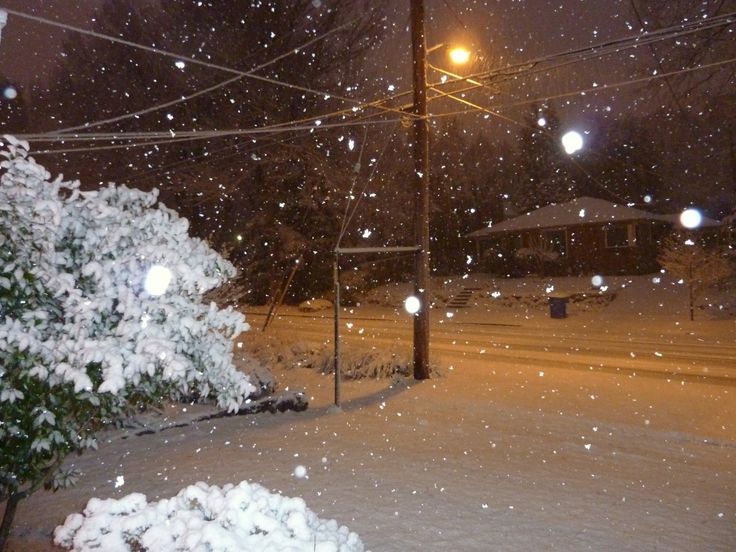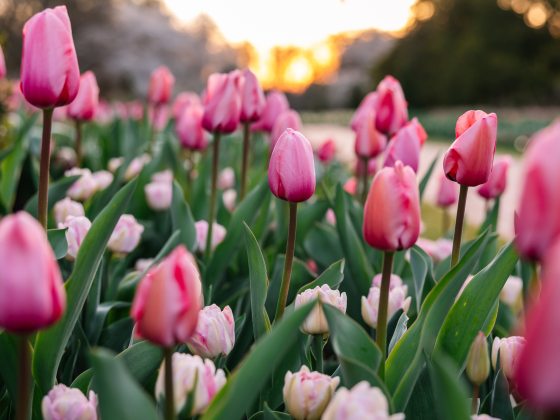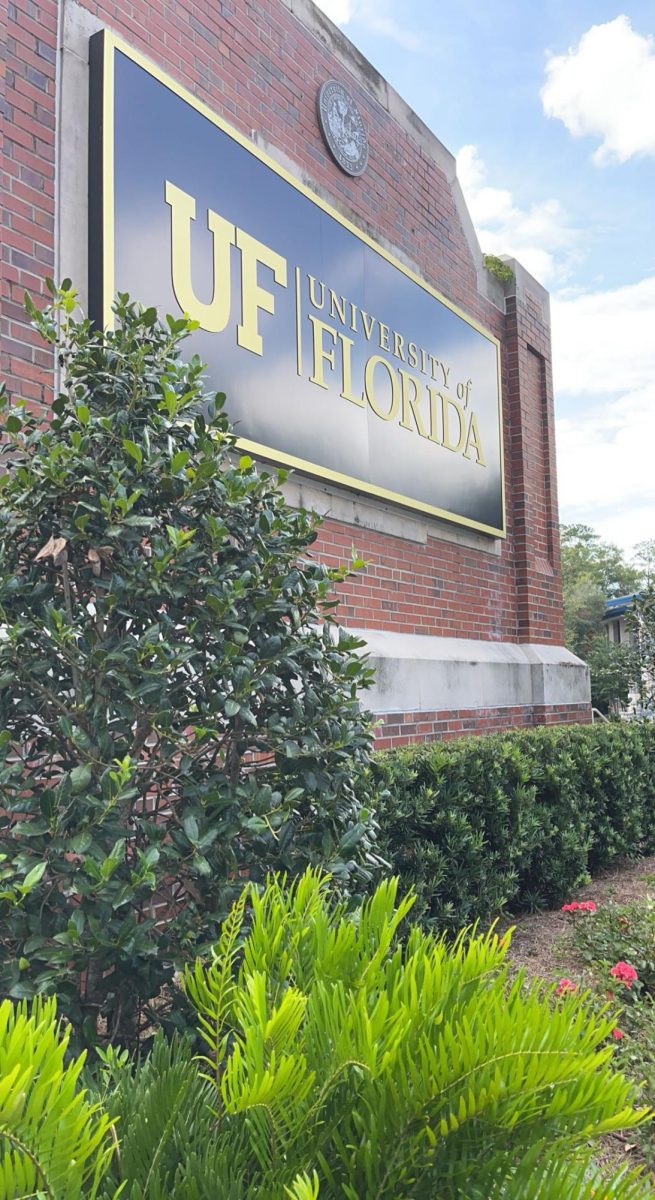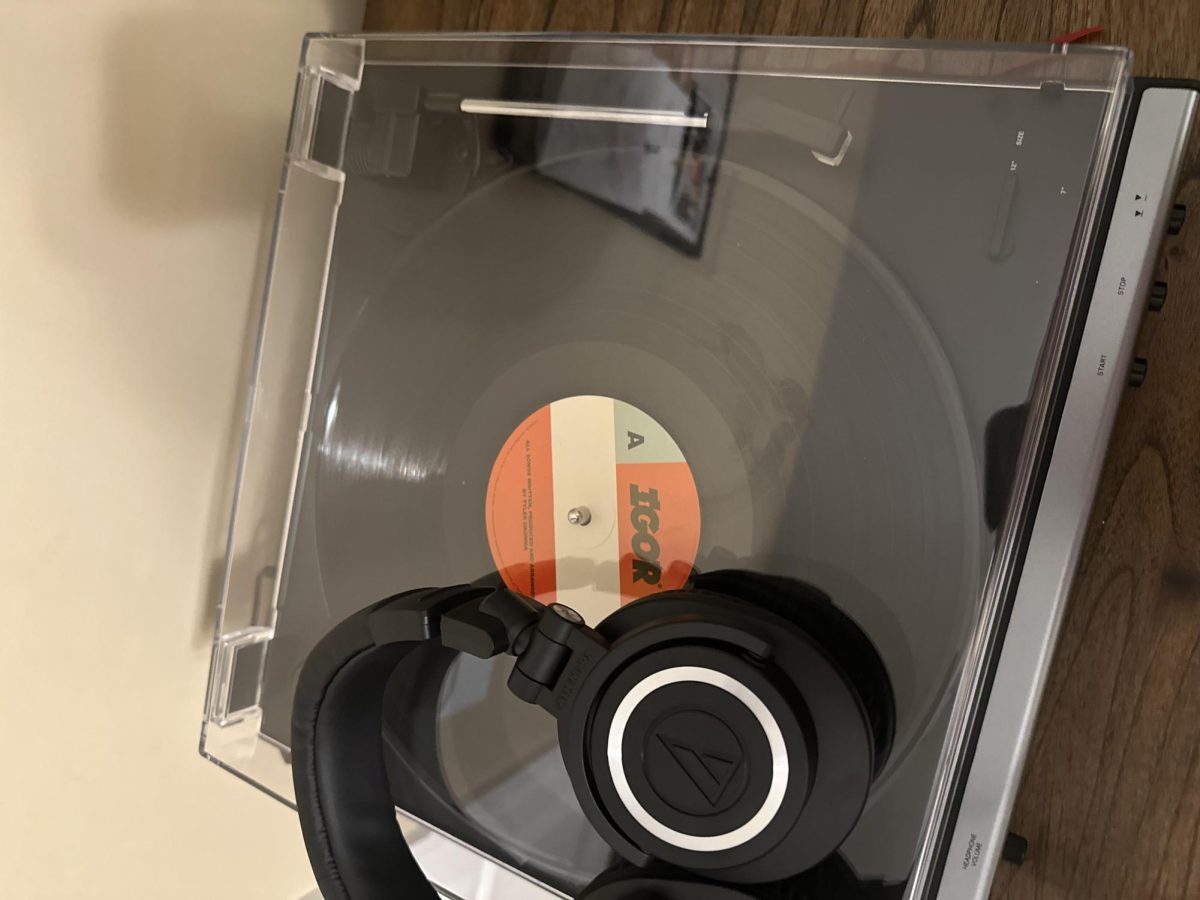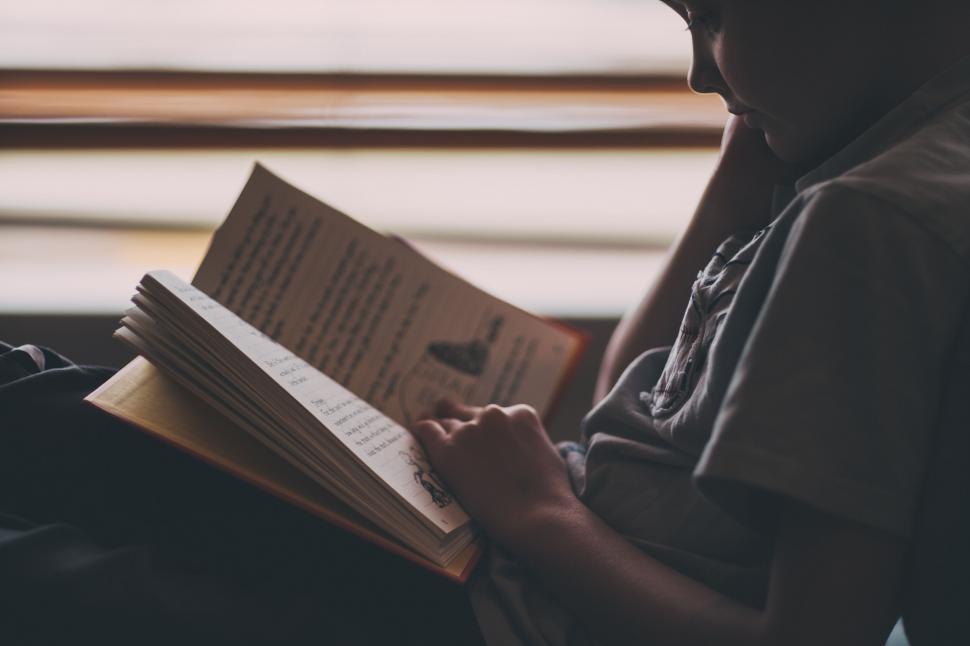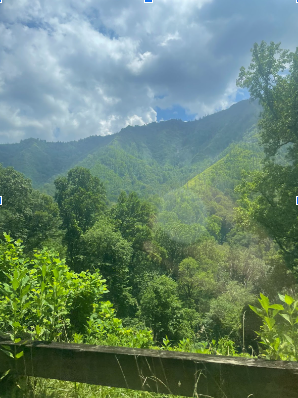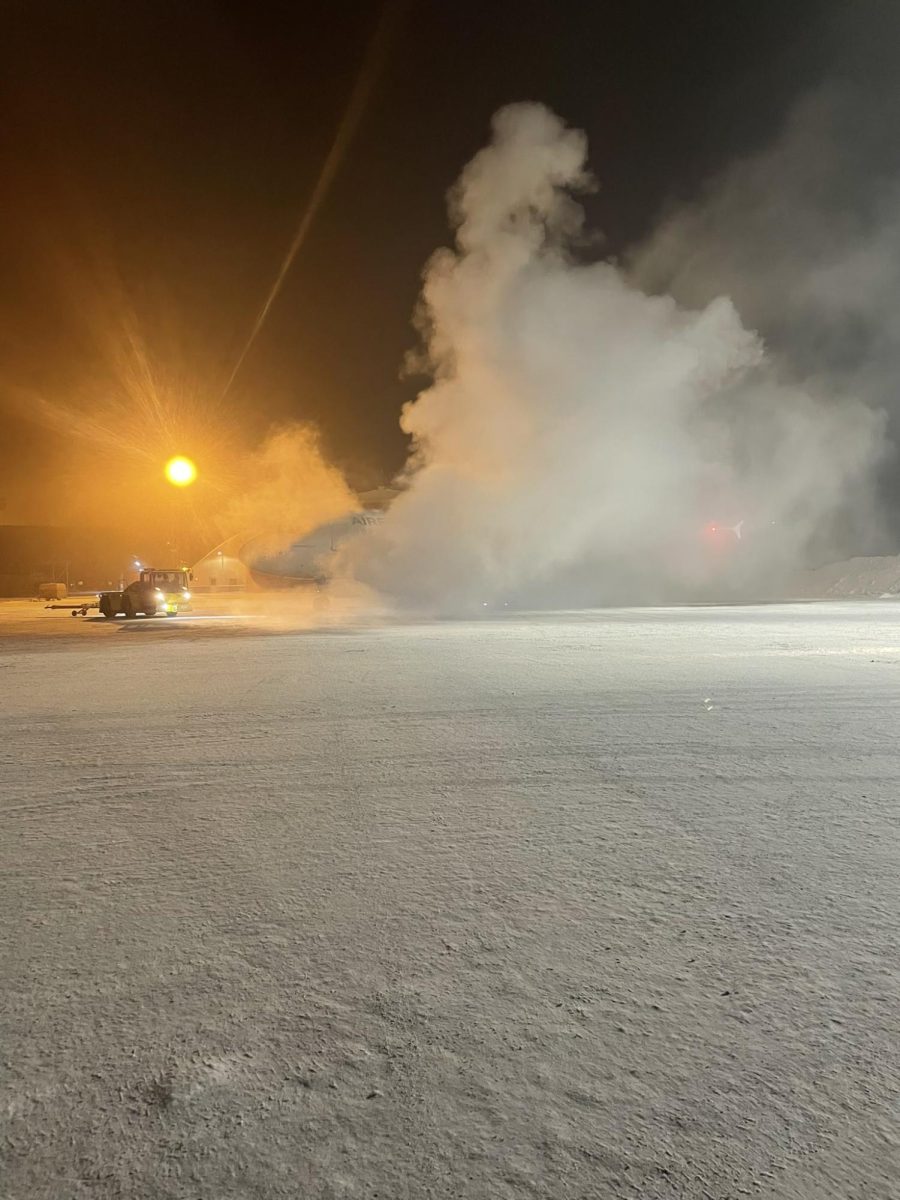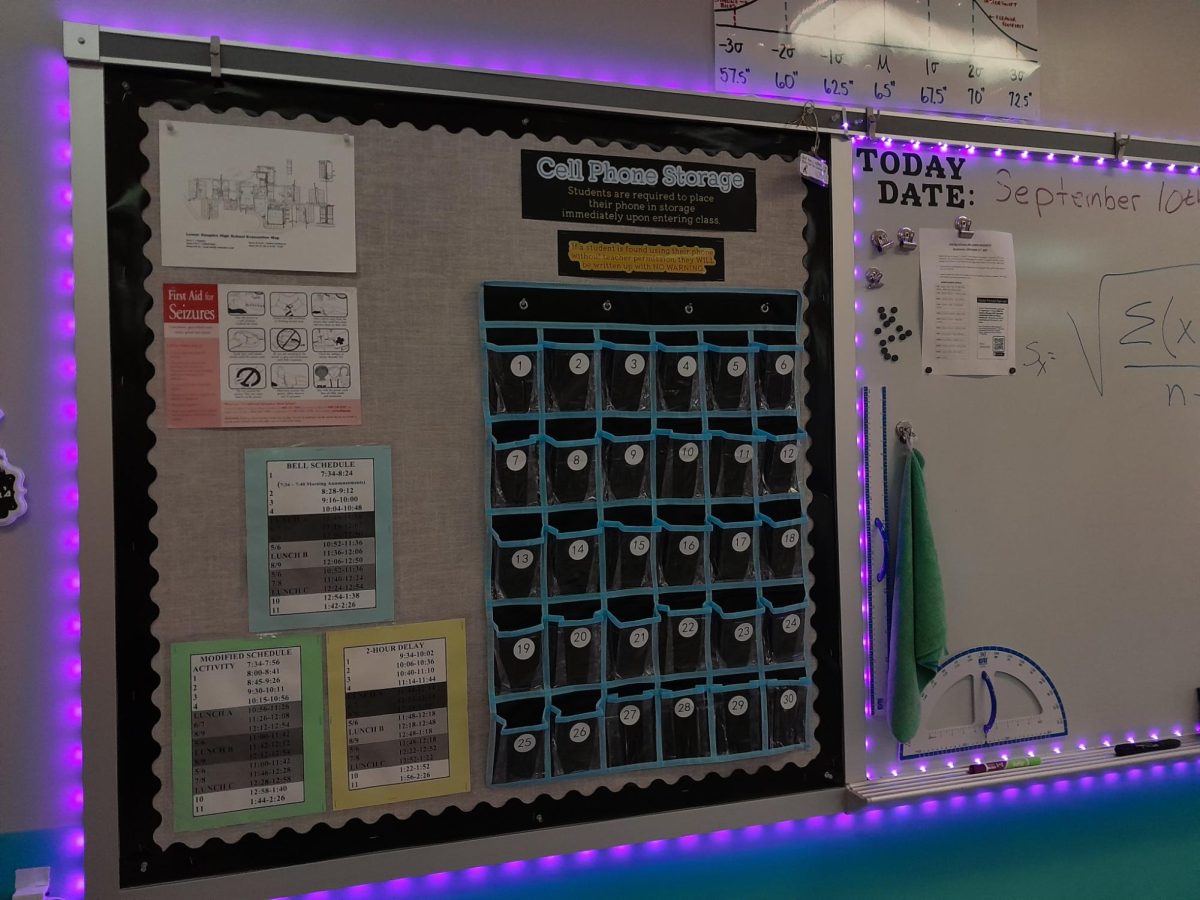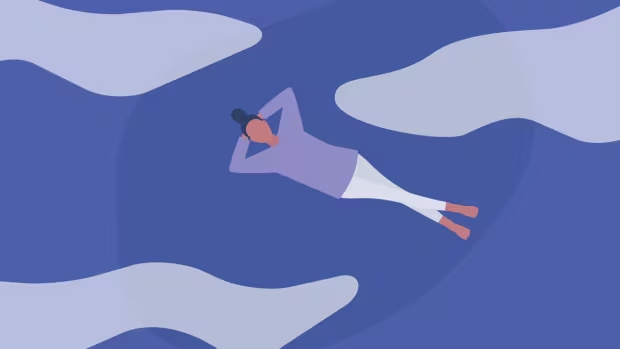When it snows for the very first time during the winter season, it can transport people back in time to their childhood, such as memories from snow days, family traditions during winter times, and the cozy nights inside watching movies.
The way nostalgia works on the brain is that it activates the hippocampus, which is responsible in the brain for memory and emotion. Experiences with certain sensory cues such as the sight of snow falling, crisp air of winter, and the cold air that breezes into our face make our brain recall past experiences.
Snow connects with nostalgia, because it’s linked to youthful joy including building snowmen, sledding, and waiting for school to get canceled, which creates those experiences to be exciting and be stored as core memories.
Having nostalgia during the winter months can be very beneficial; it has been shown that it can help boost mood, increase social connections, and give a stronger sense of identity.
Ada Hickey, a senior, said, “I believe snow and nostalgia have an extremely strong connection especially because I have older siblings that live far away and we no longer get to spend snow days together. I love reminiscing on our childhood snow days where we would build snowmen, sled race down our hill, etc. I now like to reach out to my siblings with a FaceTime call or text during snow days and remember all the fun times we had together!”
Mr. Aaron Bray, a physics teacher, said, “I do see the connection, it reminds me of a kid sitting next to a fireplace and sledding down my driveway.”

